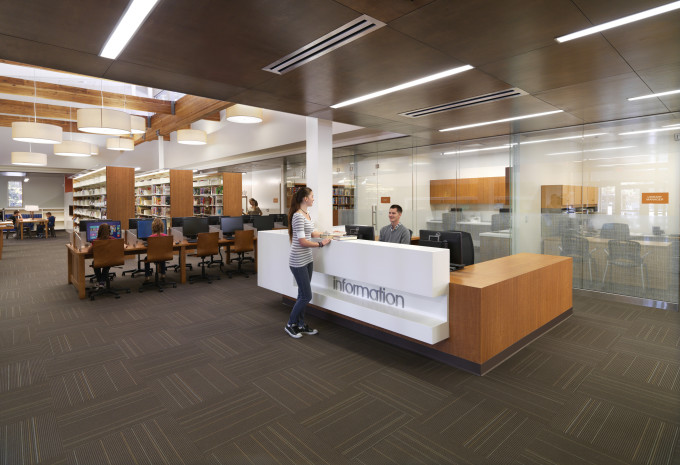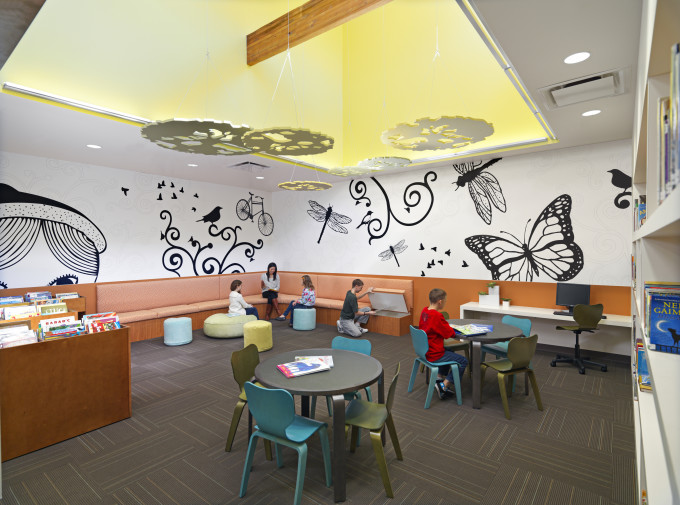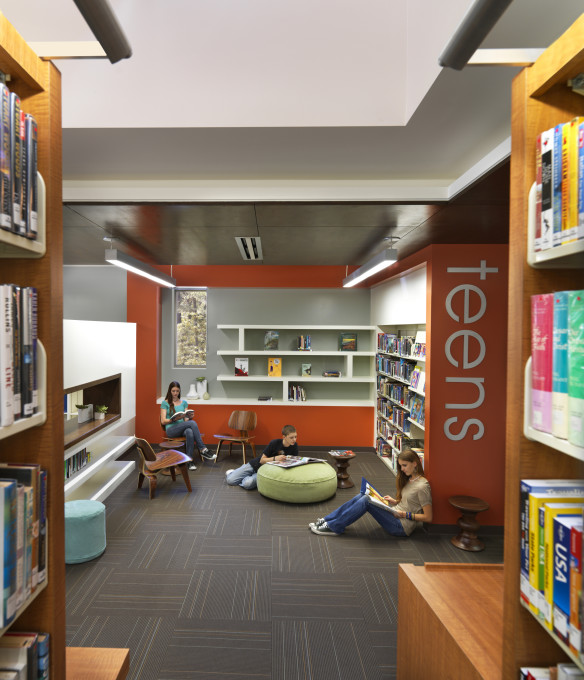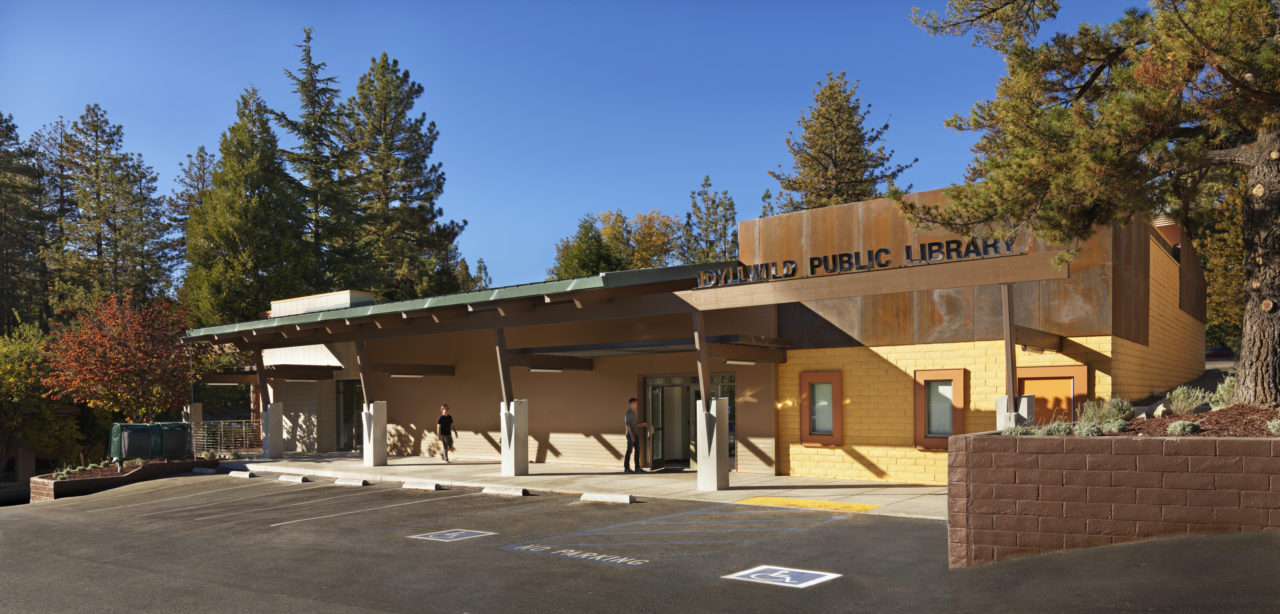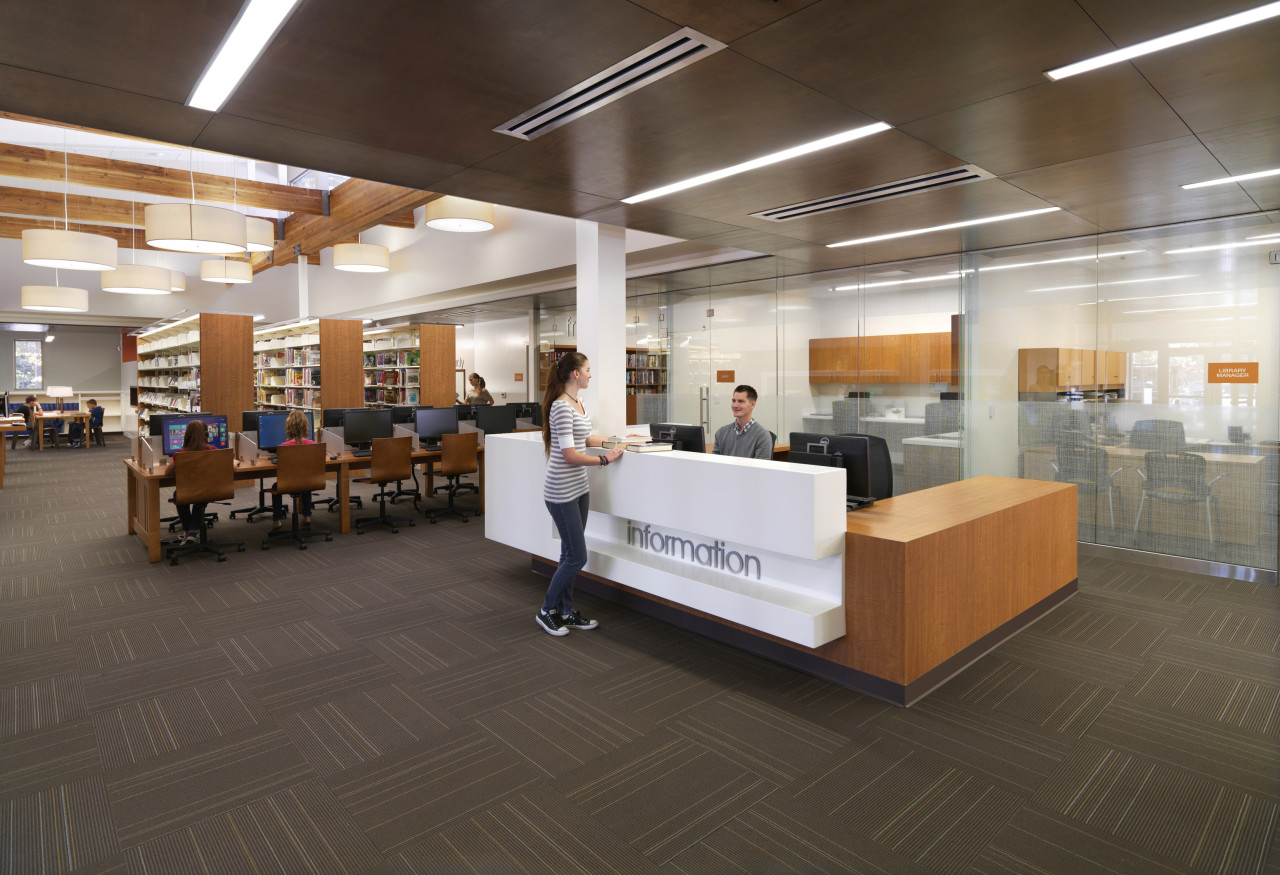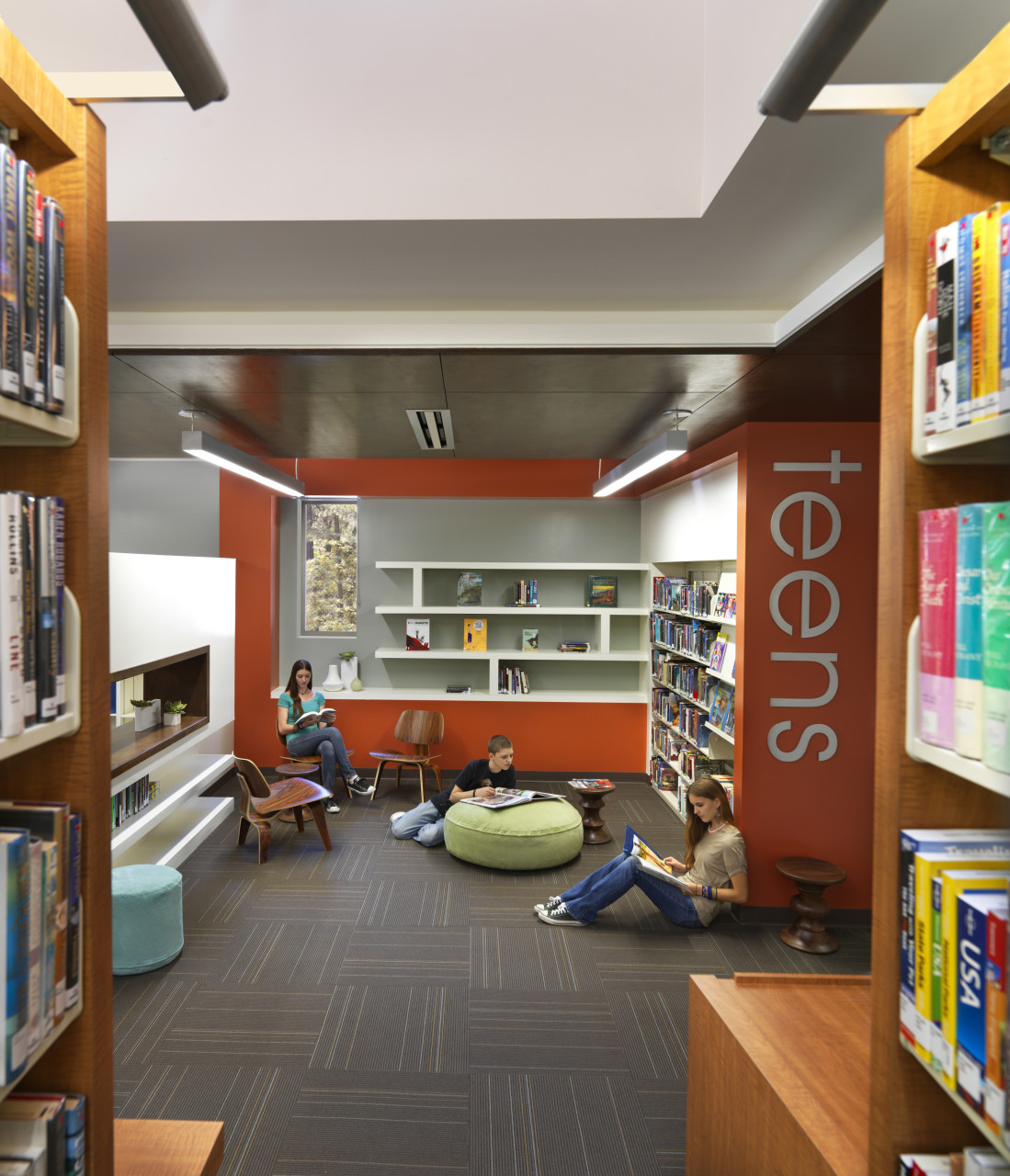Thriving communities have safe, vibrant downtown areas with a mixture of private businesses, dining and entertainment venues, and housing. But even a bustling community can be blighted with a few vacant buildings. When city administrators contemplate what to do with these spaces, they are often tempted to tear them down and leave blank slates for new developments. New construction is expensive, however, and the vacant buildings might even have historical significance to the community. A better option is to repurpose them for civic use.
With insight from a skilled architect, unused, eyesore properties can be brought to life again by incorporating a healthy mix of smart design, respect for history, and the features and modern touches that make them viable spaces for the public and the people that serve the community.
Challenges With Repurposing Vacant Buildings
In many cities, large, mid-block retail buildings have been vacated due to location, the economy, or just happenstance. Because these spaces have open floor plans and plenty of parking, transforming them into public or private schools (which typically have fewer code restrictions) could reinvigorate neighborhoods and answer community needs at the same time. Other good civic options for spaces like these are fire and police facilities.
Renovating vacant buildings can be cost-effective, but there are factors to consider:
- Surrounding infrastructures and amenities. What types of buildings currently exist in the area? In a neighborhood with a number of residential buildings, replacing a vacant building with school might make the most sense. An unused building on a block adjacent to a popular park might be the perfect location for a city’s parks and recreation facility. By considering the fabric of the neighborhood, you’ll learn what civic facilities might best fit.
- Structural soundness of buildings. How are the vacant buildings holding up? Many older buildings will require seismic retrofitting to comply with current code stipulations, which can be costly. Buildings that will become emergency response facilities, such as fire and police stations or emergency shelters, must comply with strict “essential service facility” regulations and be designed to withstand natural disasters.
- Efficiency of existing HVAC, plumbing, and electrical systems. Are the existing systems adequate or do they need updating or replacement? Think about the long-term cost savings of sustainable systems, including solar panels or geothermal heat pumps, and even green construction. Energy efficient features can reinforce a building’s connection to the community, as well as to the environment.
- ADA requirements. The Americans with Disabilities Act (ADA) requires that building owners make access to (and use of) a building easy for individuals with disabilities. Many older structures aren’t compliant with current standards. There are some issues that will absolutely need to be resolved before a building can be occupied. Your architect will be able to navigate these complex requirements for you.
To meet the challenges of repurposing a vacant building, it’s best to engage an experienced architect early to help guide the process. An architect can help you understand what your town needs and wants, assist in organizing community-input forums, and suggest sustainable building opportunities.
Why Repurposing a Vacant Building Is a Smart, Viable Option
While there are certainly a few challenges to repurposing vacant buildings, there are also many benefits. It’s rare that a building isn’t able to be repurposed, and, more important, empty commercial properties can often be purchased for pennies on the dollar, resulting in substantial cost savings—in some cases, as much 25-50 percent. Imagine turning what would otherwise be a $20 million project into a $10 or $15 million project.
Additionally, in some urban areas, explosive population growth has resulted in a reduction of available land on which to build. In such cases, it makes sense to repurpose an old building. An abandoned factory could be the new home of a currently overcrowded library, or a vacant warehouse could be renovated into low-cost housing. These types of cornerstone improvement projects can also spur economic development of the surrounding areas, creating a snowball effect of community revitalization.
A study conducted by the Preservation Green Lab of the National Trust for Historic Preservation found that repurposing vacant buildings is often a considerably greener option than new construction. While the range of environmental savings varied based on certain factors, when buildings with the same energy performance level were compared, reuse offered a savings of between 4-46 percent over new construction.
We love the challenge a vacant building poses and the opportunities repurposing provides. When the Idyllwild Library in Idyllwild, California, was in desperate need of renovation, we went to work on a major transformation. Located in an uninspired strip mall space, the library was unimpressive, dark, and felt small. We literally raised the roof to allow for abundant natural daylighting, which makes the space feel larger and more airy. We also made structural modifications with steel and beautiful glulam beams that modernize the space and provide a warm, welcoming ambiance.
In San Bernardino, California, we’re currently converting a vacant ITT Tech facility to a school and social services facility for the county. By renovating an existing building, the county not only made a sustainable decision, but also saved money.
Civic Building Success Through Incentives
Revamping old, vacant buildings creates many design innovation opportunities to provide communities with what they lack, while also deterring vandalism and offering cities the advantages of using sustainable materials and going green. As you form your plan for urban building renovation success, consider pursuing the following incentives:
- Grants. Grants are always available, but specific requirements must be met to qualify. For example, if your building is deemed a historic property that is associated with underrepresented communities, you may qualify for a grant.
- Historic Tax Credits. Certain buildings may qualify for historic tax credits, if deemed “certified historic” structures.
- ADA Tax Credits. Often, repurposing a building requires updating accessibility features. There are tax credits available for barrier removal and alterations in certain situations.
Through resourcefulness, flexibility, and creativity, you can turn abandoned buildings into beautiful, environmentally friendly civic centers that help neighborhoods thrive.
Listening to Our Clients Is Key to Our Success
At HMC, we are proud of our designs and our design process for civic projects. We work closely with everyone involved in a project from the very beginning. We listen closely to our clients’ needs, conduct public surveys, gather data, and devise creative solutions. We then refine those solutions as discussions with stakeholders continue. This method always leads us to design the best possible solutions for repurposing vacant spaces that communities will not only use, but also embrace.
